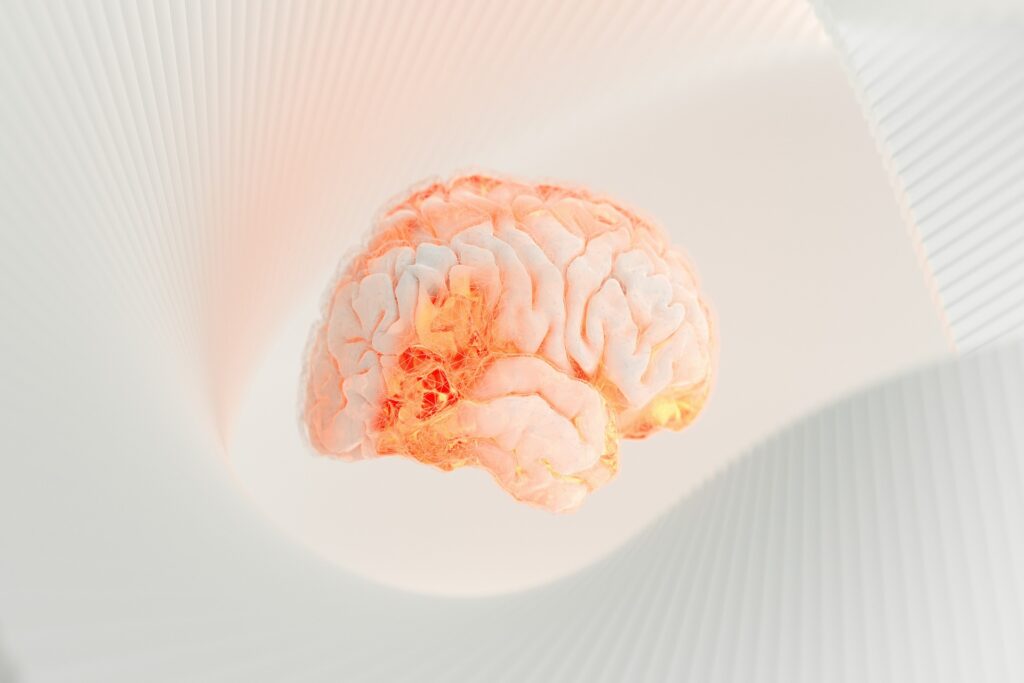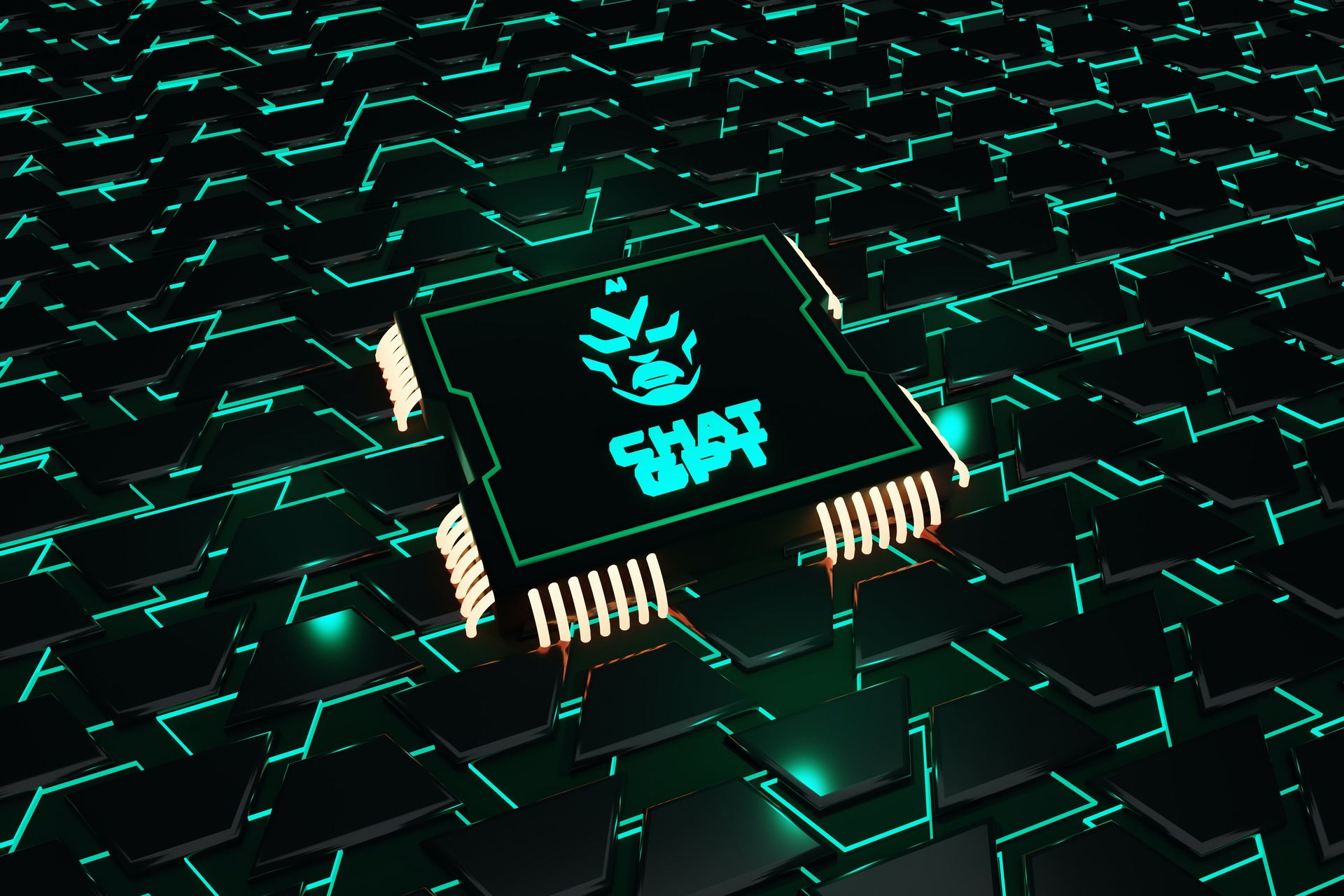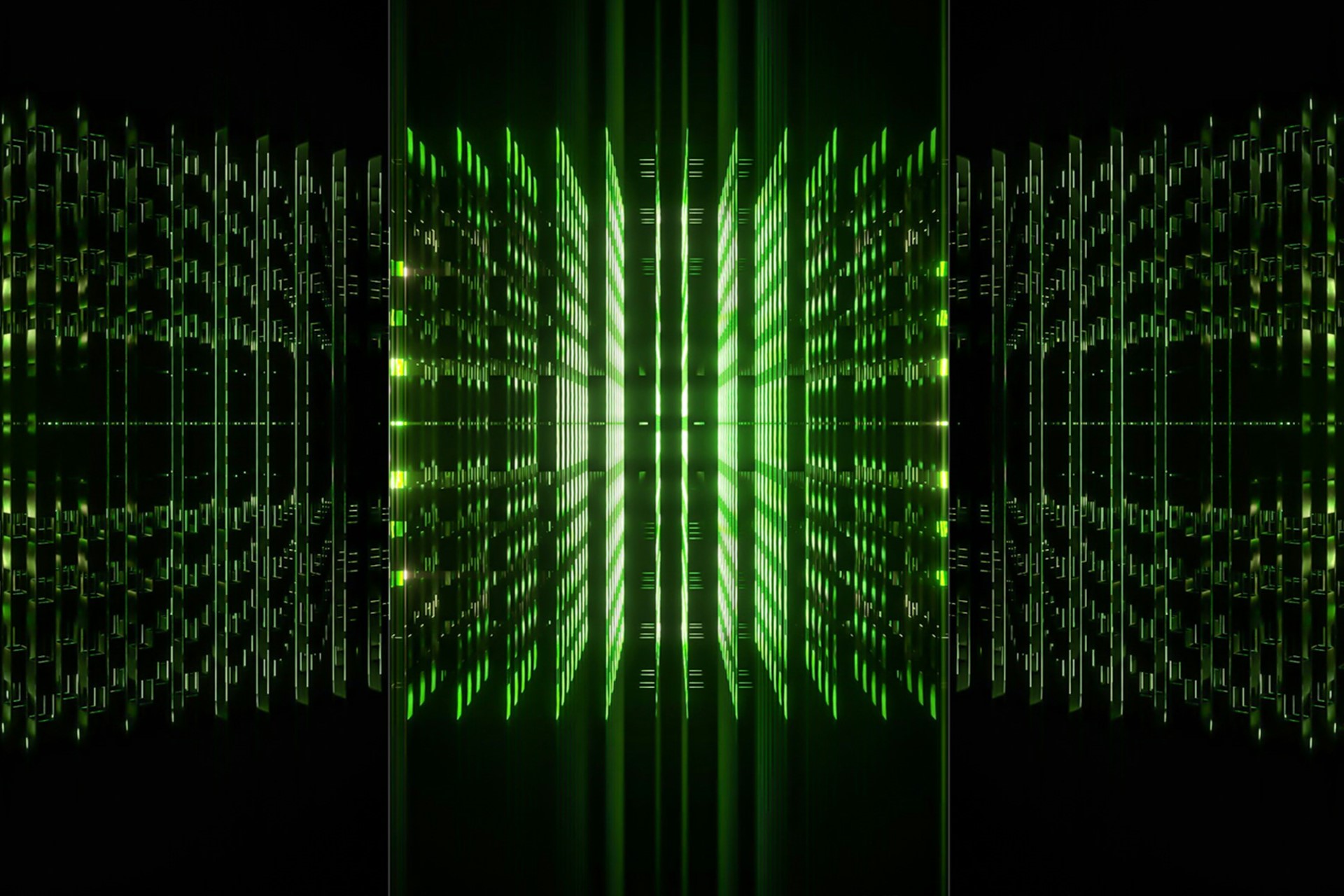Artificial intelligence — computer technologies that can emulate human problem-solving — is behind some of the most significant modern innovations. These include self-driving cars, surgical robots and predictive maintenance algorithms. If one had to pick a technology with the most notable impact on the world recently, AI would be a top contender. That’s why some experts are already saying we’re living in the “age of artificial intelligence.”
The various tools, software and theoretical frameworks that make AI technology work are still evolving. As a result, AI in the future may be even more disruptive than it is today.
Here’s what AI really is, how it’s already changing our society and how the impact might play out over the next few years.
When People Say “AI,” What Do They Mean?
AI isn’t just one technology — or even one approach. Instead, there are several frameworks and technologies that developers use when they want to take advantage of AI.
Simpler and more “reactive” AIs draw on massive datasets and complex algorithms to make decisions. For example, IBM’s Deep Blue — the chess-playing AI that beat world-champ Garry Kasparov in 1996 — was a “symbolic AI.” That means it didn’t actively learn while playing. Instead, it used pre-generated models and data to predict how a chess game would develop. It’d then look into the possible future board states to determine the optimal move.
More complex approaches to AI, like machine learning, create algorithms that can learn as they go. These AI tools are often more effective because they can uncover patterns on their own. This makes them great at analyzing large amounts of unstructured data — data that’s not labeled or organized. Even data scientists may be unsure what kind of relationships might exist in the numbers, but AI can find them.
Examples of AI Today
One popular example of machine learning is the neural network. Neural networks use a web of nodes, or “neurons,” somewhat like those in the human brain, to “learn” from a dataset and perform a particular task.
For example, you could train a neural network on a database of assorted and labeled animal pictures. After training, you could then feed that neural network new pictures. The AI can then label the new pictures and give you the likelihood of each potential label.
Similar image-recognition AI is how self-piloting vehicles work. Image identification lets them navigate and avoid obstacles without human intervention.
The Age of Artificial Intelligence Today and Tomorrow
Often, to describe how these AIs work, computer scientists use terms like “think,” “learn” and “see” — or even “dream,” in the case of tools like Google’s Deep Dream computer vision program.
However, AI doesn’t really think like a person does. Instead, it’s more like highly complex and organic applied statistics.
In the future, advanced AI could mean a theory of mind and possibly self-awareness — but this is the stuff of sci-fi for now. Modern AI is very effective at what is does, but it’s nowhere near the complexity of an organic brain, which we don’t really understand just yet.
If you’re worried about a robotic takeover of the world, it’s perhaps a better idea to be more concerned about the ways that AI is used, and who’s using it, rather than the technology itself.
How AI Is Used Today (And How AI Will Be Used Tomorrow)
You probably already encounter AI in your day-to-day life. Google uses AI to power its search engine. Many big-name retailers, like Amazon, use some kind of artificial intelligence to power their product recommendation algorithms.
Developers are also creating new applications of AI algorithms all the time. The pattern-finding abilities of the technology make it an excellent option for researchers who want to automate the process of sifting through complex information. One example is the medical algorithm from Google researchers that was even better than radiologists at finding signs of cancer in CT scans.
The Age of Artificial Intelligence and Job Loss
The automation that AI enables may cause some problems down the road. It’s likely that artificial intelligence will cause some level of job loss, just as automation did in the first Industrial Revolution and, later, the rise of advanced robotics in the second half of the 20th century.
It’s not entirely clear how many jobs will be lost to automation or what kind of work can be done by computers in practice. Some estimates predict minimal job loss, if any. Others are less optimistic.
While automation has eliminated just one occupation over the past 60 years, around 30% of tasks in 60% of occupations can be automated, according to a report from McKinsey & Company. Large numbers of administrative and office staff — including those performing tasks like data entry, blog or article writing and graphic design — could be replaced by AI algorithms in the next few years.
Even if a profession isn’t eliminated, streamlining work could mean less staff is necessary for a given work area — and, ultimately, fewer people employed.
It’s unlikely that existing AI tech will fully replace some of these workers. AI-generated blog posts, for example, have garnered a lot of buzz, but are often robotic-sounding or slightly incoherent. Nevertheless, the cost-benefit analysis on AI tech may lead companies to take on that risk.
Moving Into the Age of Artificial Intelligence
AI has already had a major impact on society and the business world. In the future, as developers continue to apply the tech to solving new problems, it’s likely to become even more important to our daily lives. As data collection accelerates, and we need new ways to analyze vast amounts of unstructured information, the value of AI may grow even more apparent.
Recent Stories
Follow Us On
Get the latest tech stories and news in seconds!
Sign up for our newsletter below to receive updates about technology trends














